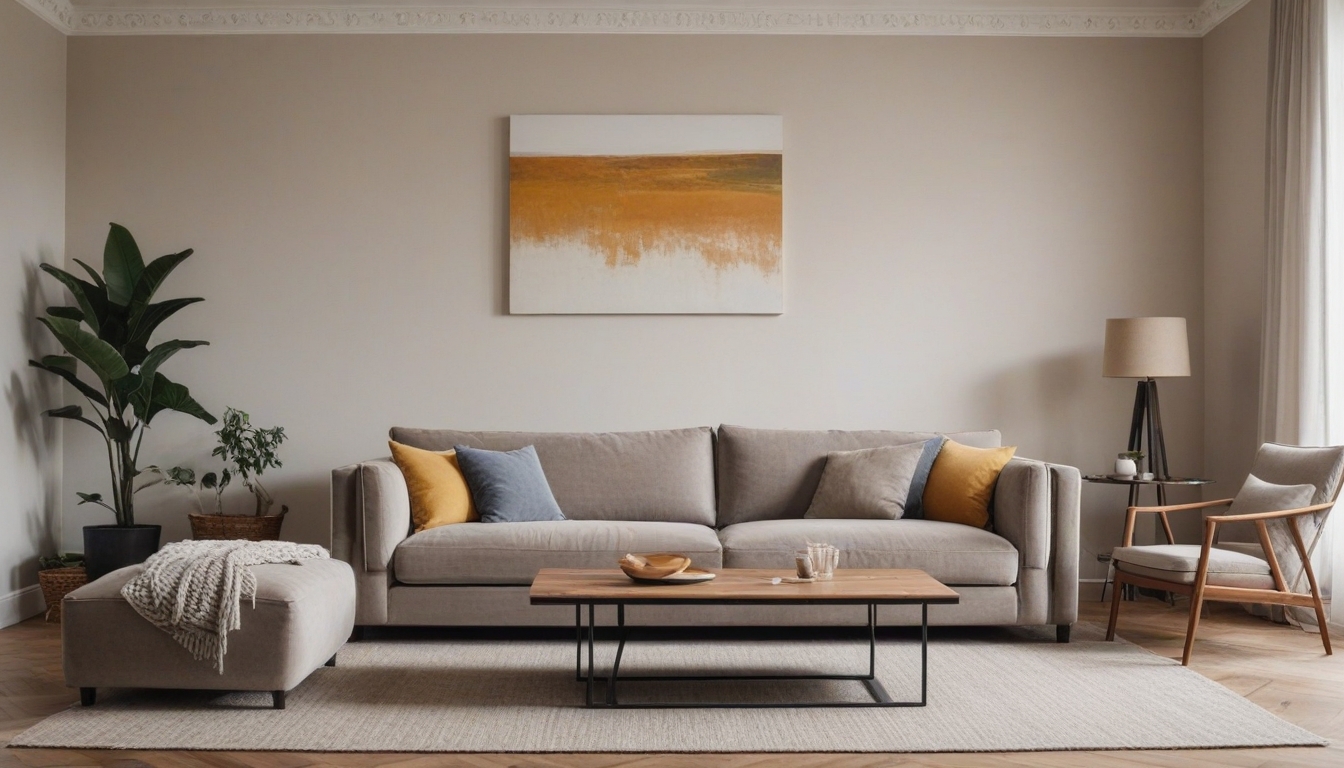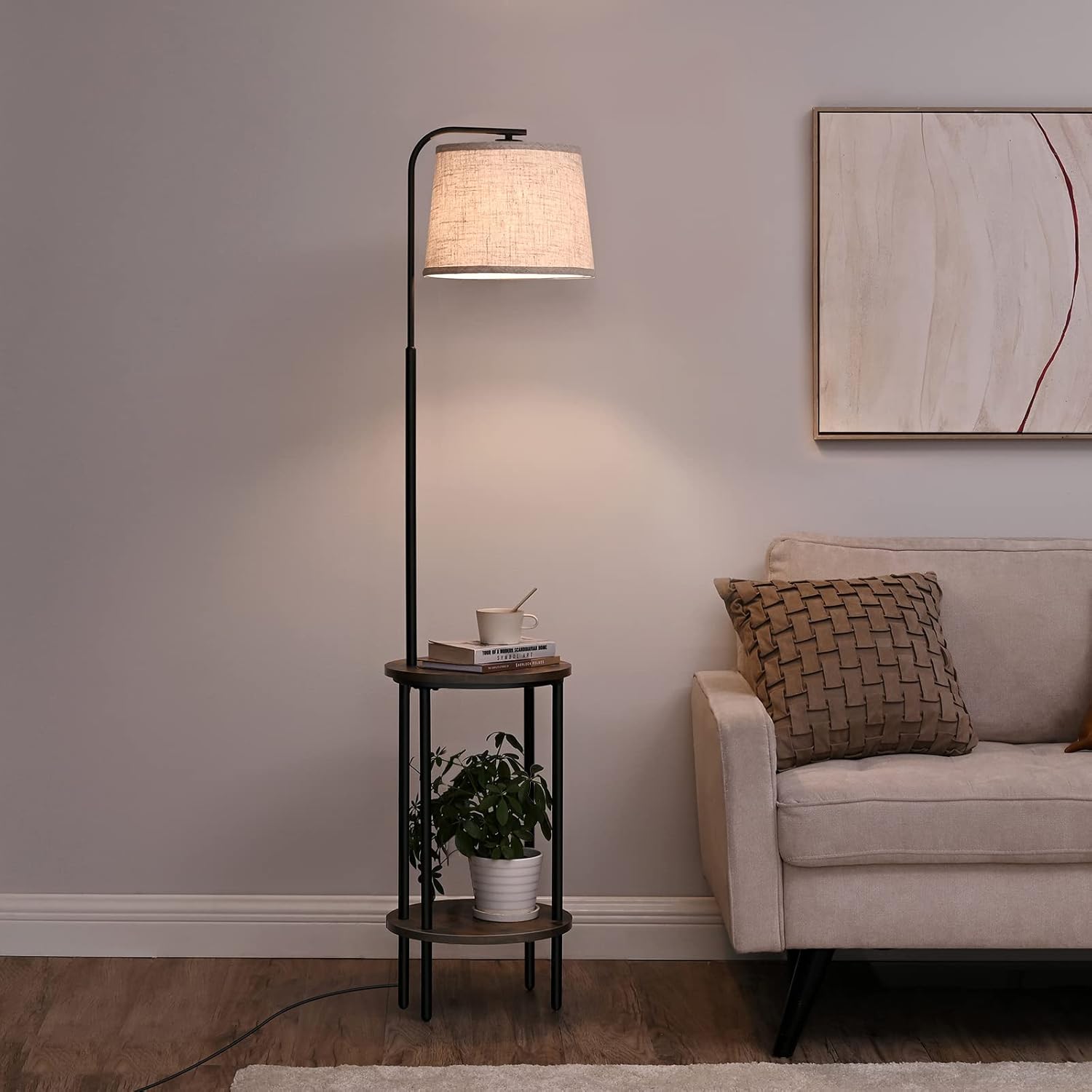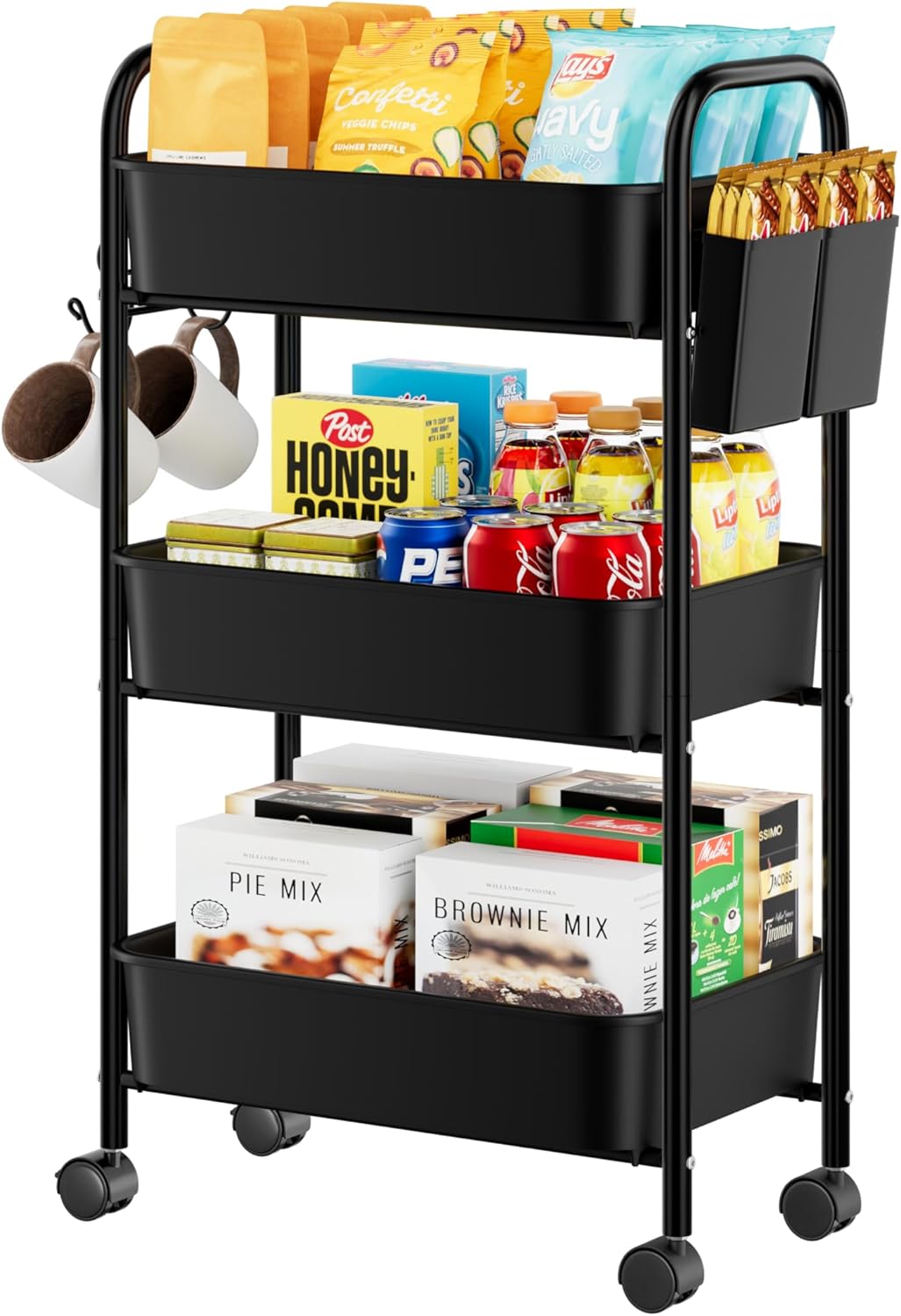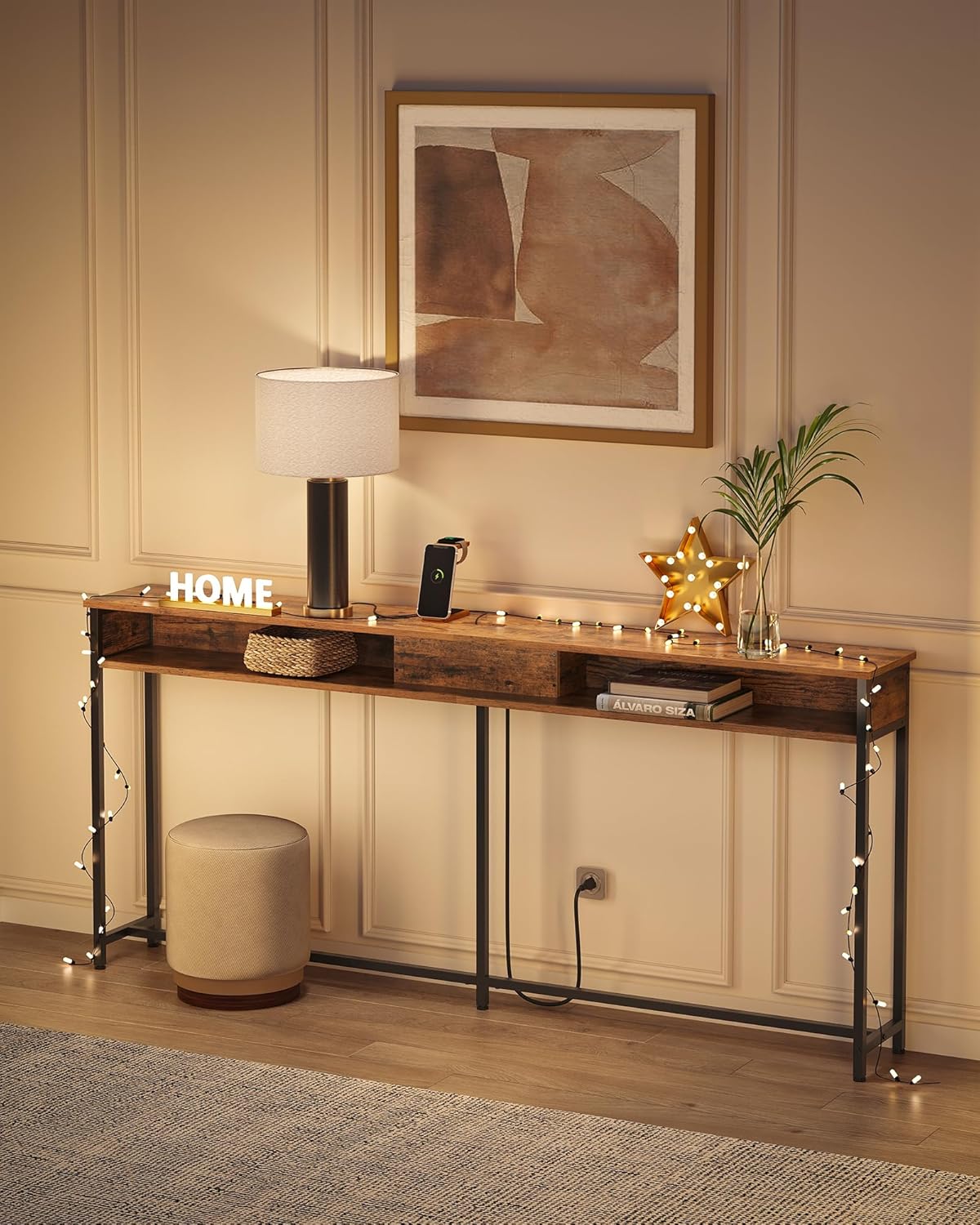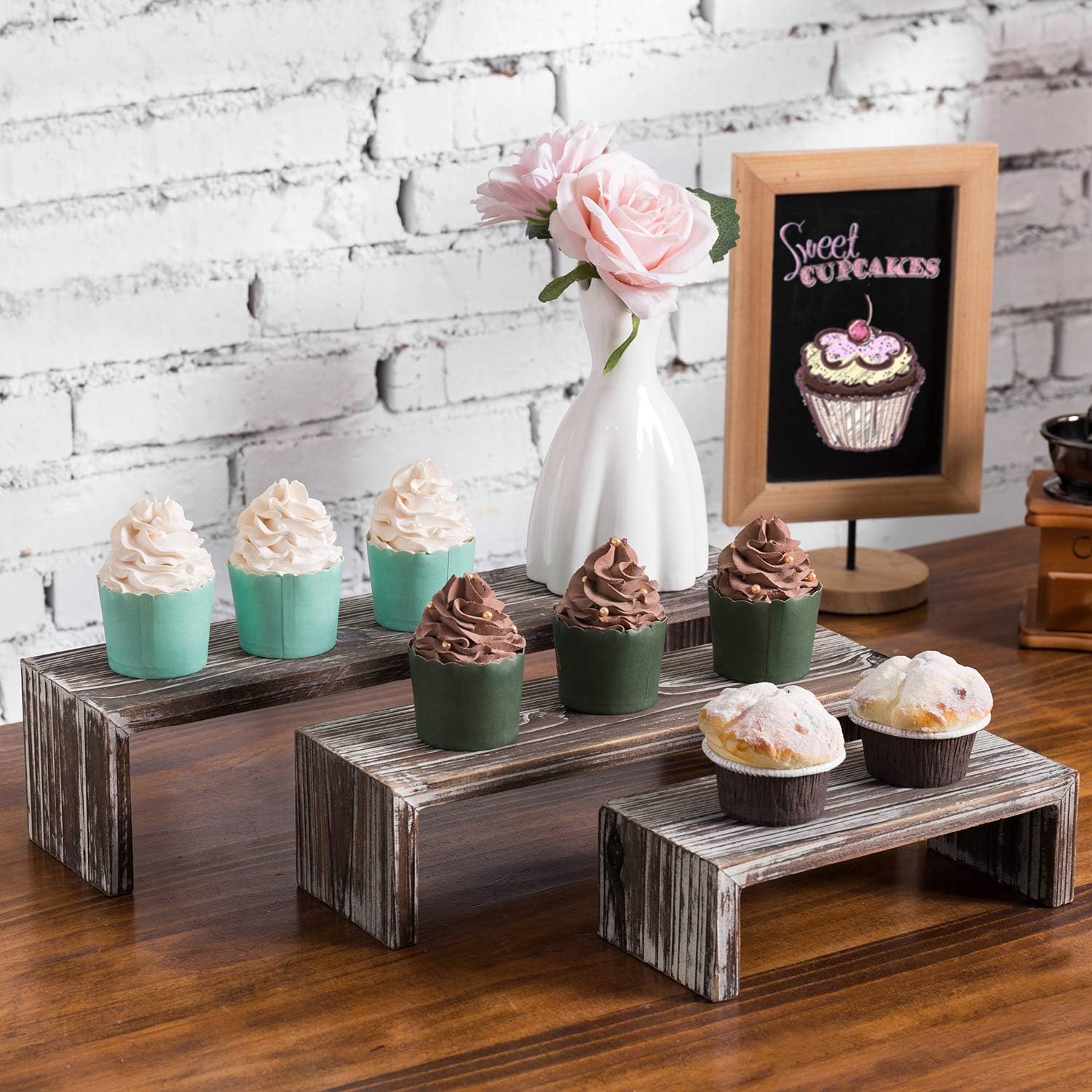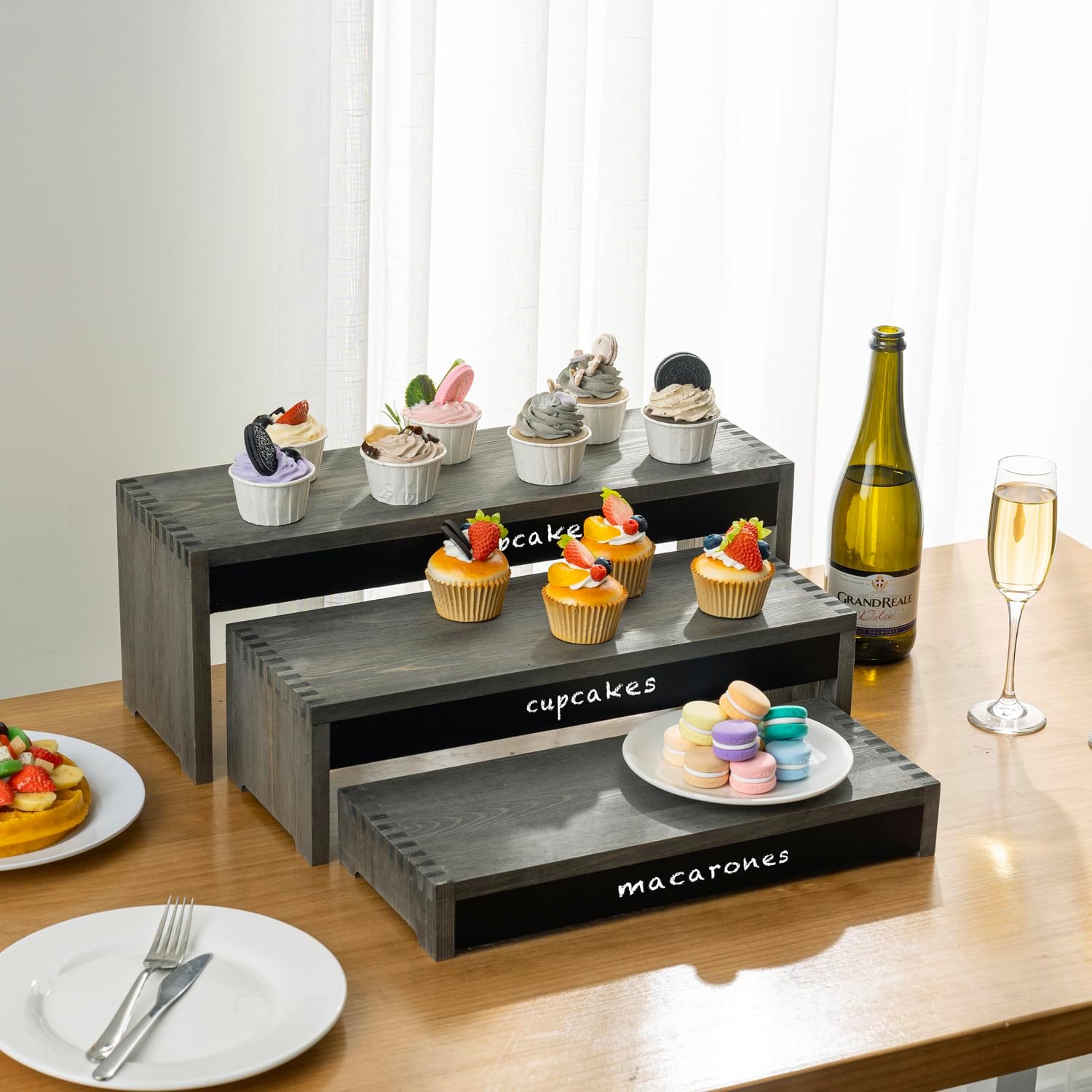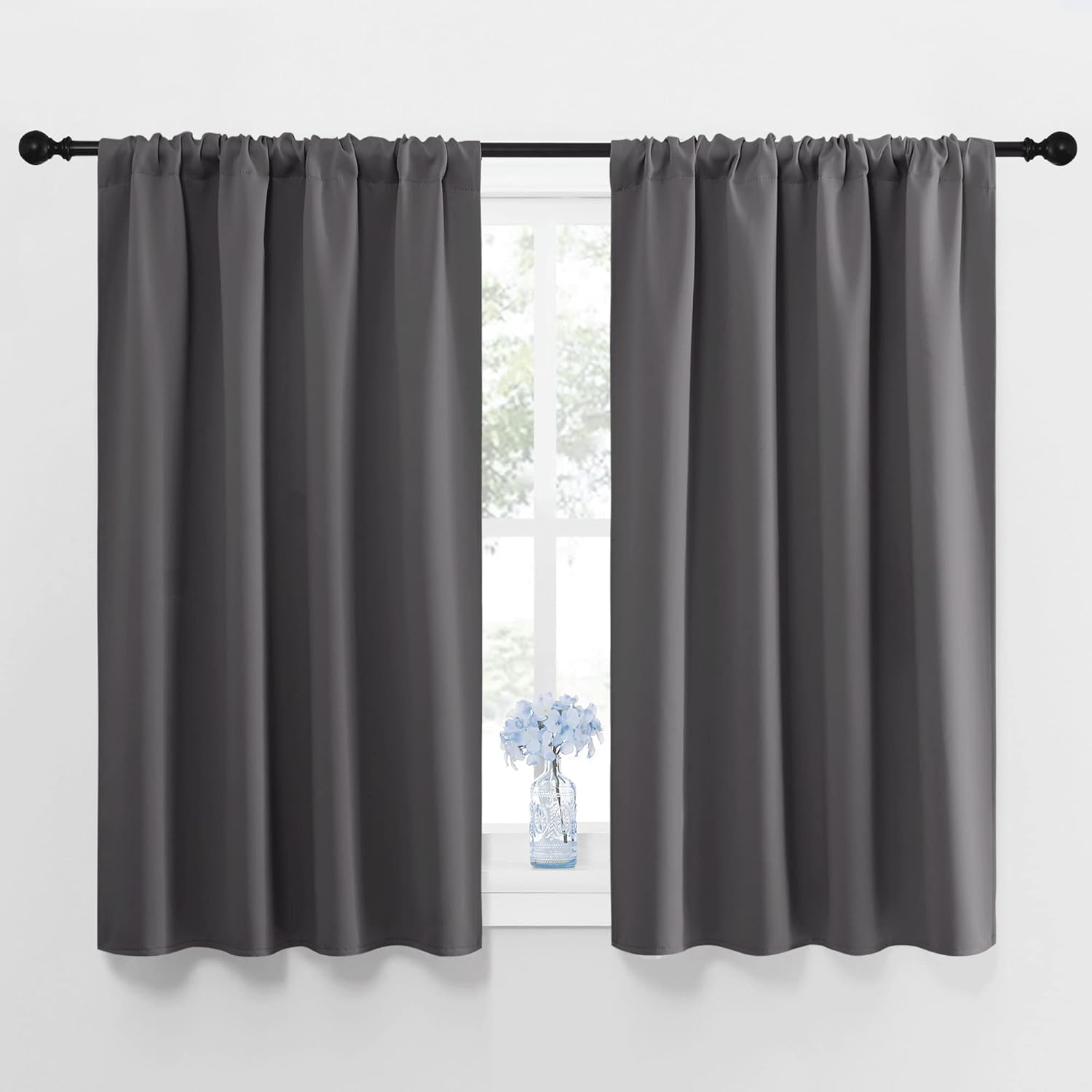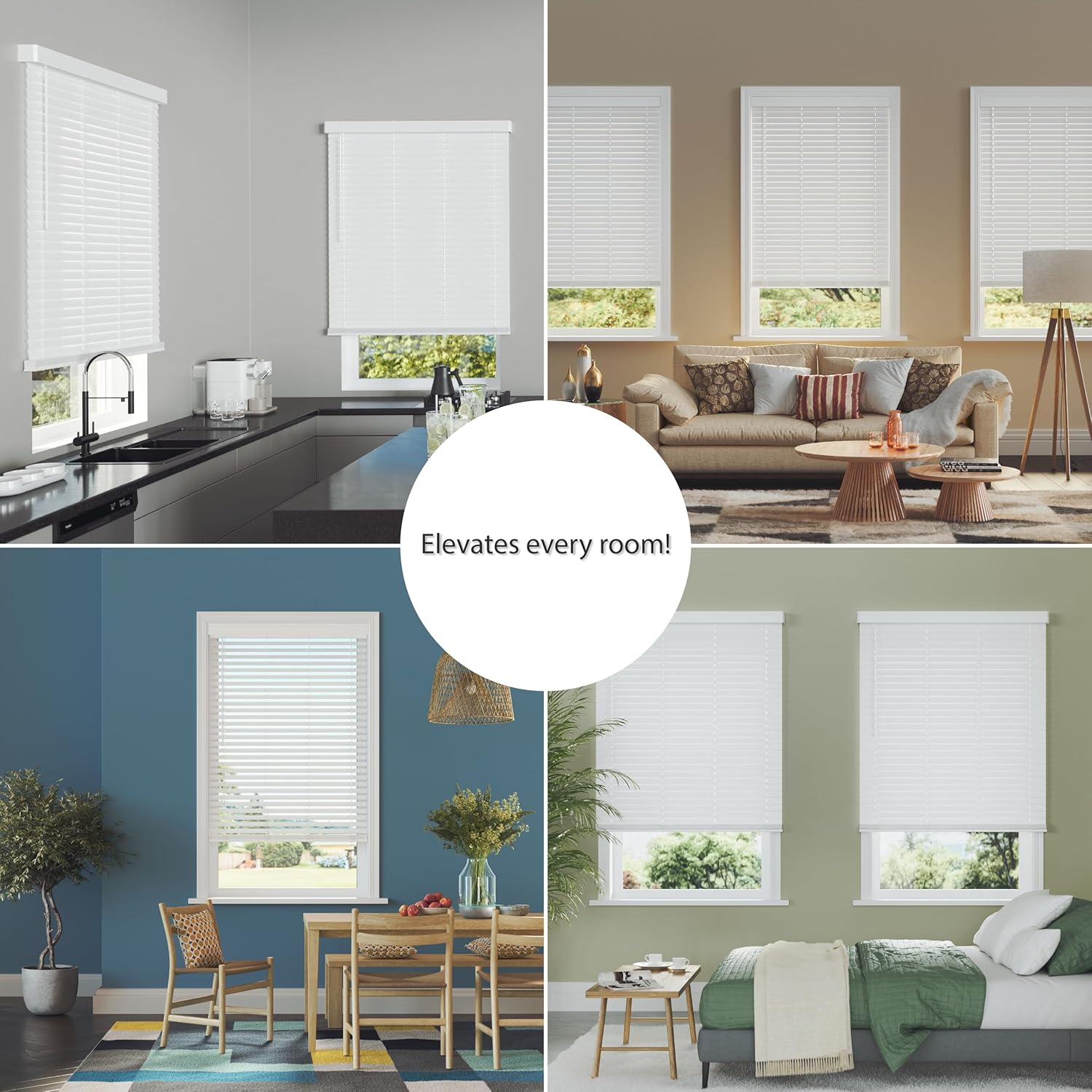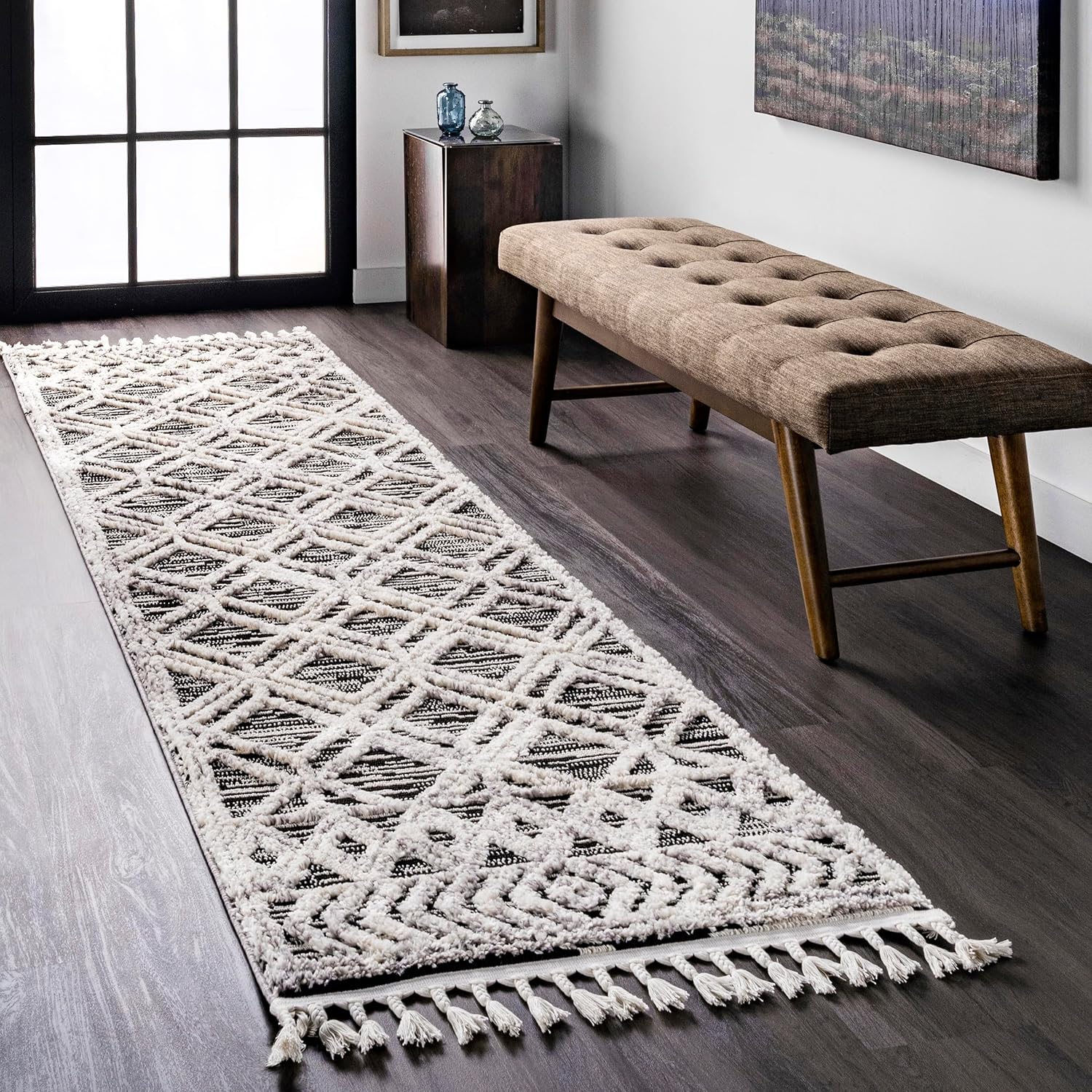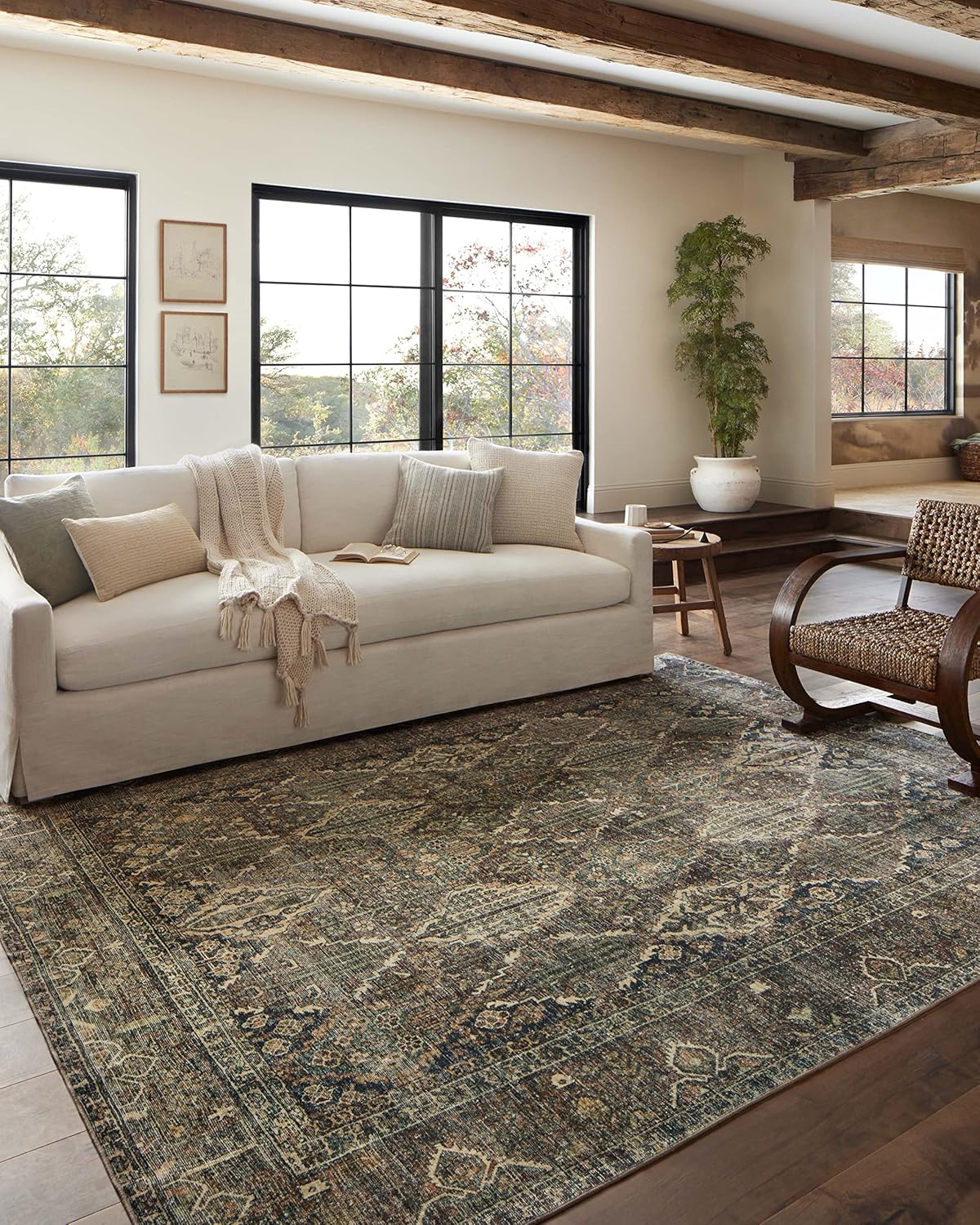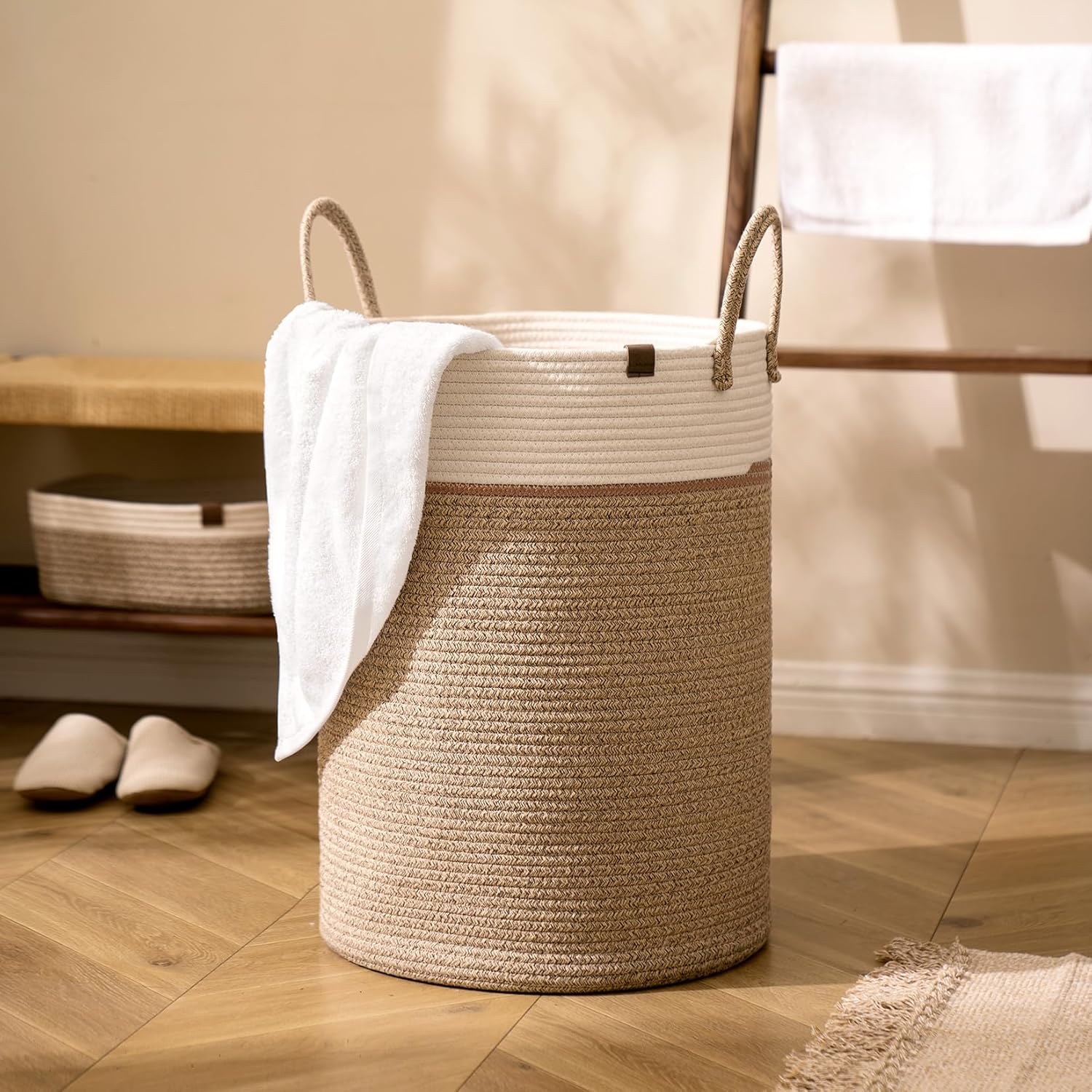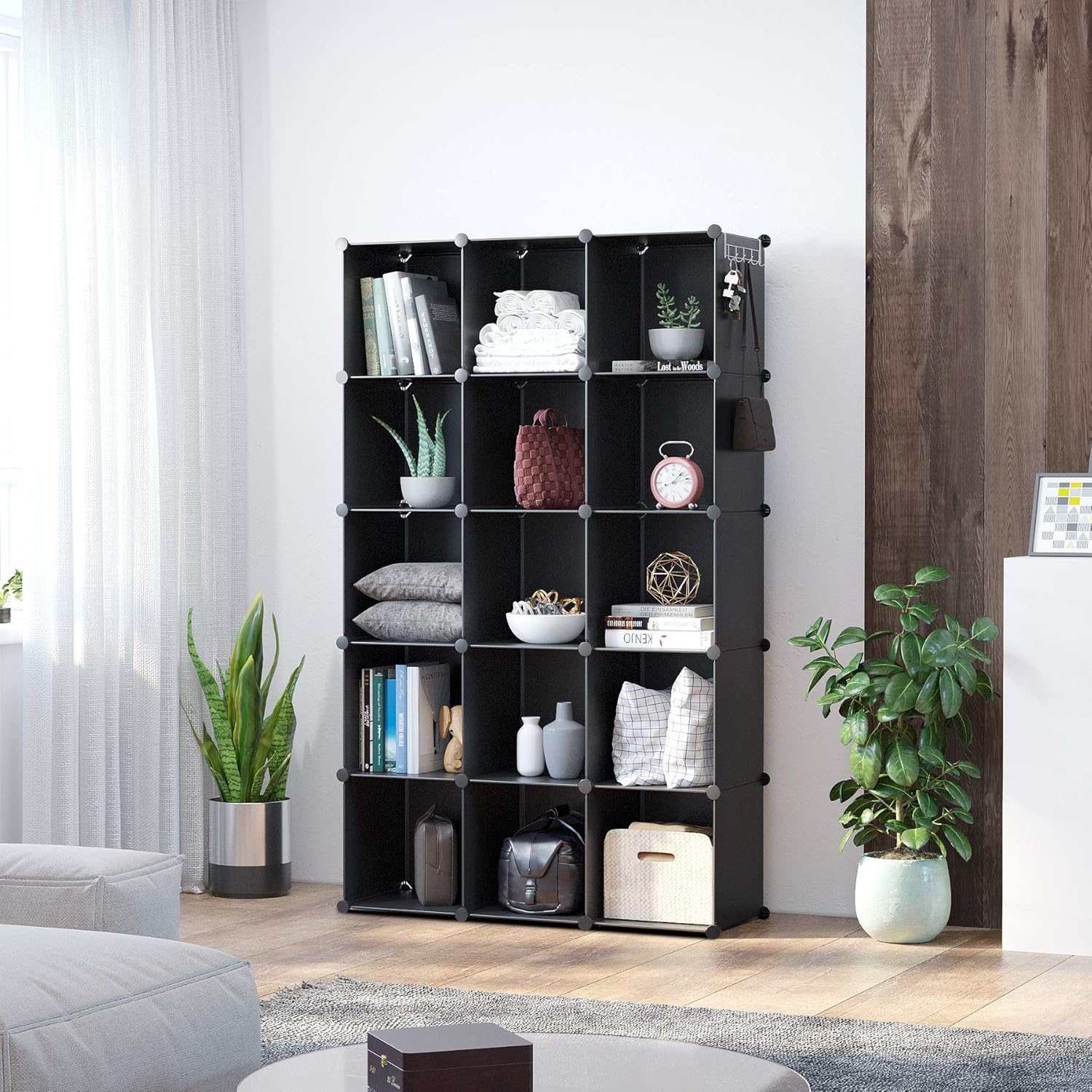Published by Isabella Rodriguez, Interior Design Professional | Updated August 2025
Picture this: You’ve just finished decorating your living room, stepped back to admire your work, and something feels… off. The room that looked perfect in your mind now feels cluttered, cramped, or just plain wrong. Sound familiar? You’re not alone!
After 15 years of helping homeowners rescue their spaces from décor disasters, I’ve seen every home décor mistakes to avoid scenario imaginable. The good news? Most decorating mishaps follow predictable patterns, and once you know what to look for, they’re surprisingly easy to fix.
According to recent research from the American Society of Interior Designers, 78% of homeowners admit to making at least three major decorating mistakes in their first attempt at room design. The even better news? Today we’re diving deep into the most common home décor mistakes and, more importantly, how to avoid them entirely.
Ready to transform your space from “what was I thinking?” to “wow, this looks amazing”? Let’s explore the top decorating pitfalls and turn you into a confident home decorator!
Why These Mistakes Happen (And Why They Matter)
Before we dive into specific home décor mistakes to avoid, let’s understand why these issues are so universal. Research from Cornell University’s Human Factors and Ergonomics program shows that poorly designed spaces can increase stress levels by up to 45% and decrease productivity by 23%.
The root cause? Most people decorate based on what they think should look good, rather than understanding the principles that actually make spaces work. It’s like trying to bake a cake without knowing that measurements matter – you might get lucky, but more often, things don’t turn out quite right.
The Psychology Behind Decorating Decisions
Harvard Business Review published findings showing that 73% of decorating mistakes stem from emotional rather than logical decision-making. We fall in love with a color, pattern, or piece without considering how it fits the bigger picture. Understanding this helps us make smarter choices from the start.
Mistake #1: Ignoring Scale and Proportion – The Foundation of Good Design
The biggest culprit behind spaces that feel “off”? Scale and proportion mistakes decorating that throw entire rooms out of balance. I’ve walked into countless homes where a tiny coffee table sits in front of a massive sectional, or where artwork looks lost on a huge wall.
Understanding the Golden Rules of Scale
Here’s what I teach every client about proportion:
The 2/3 Rule for Coffee Tables Your coffee table should be roughly 2/3 the length of your sofa. This creates visual harmony and ensures the piece feels intentional rather than accidental.
Amazon Solution: WLIVE Wood Coffee Table This adjustable piece works beautifully with most sofa sizes and includes hidden storage – addressing both proportion and functionality concerns.
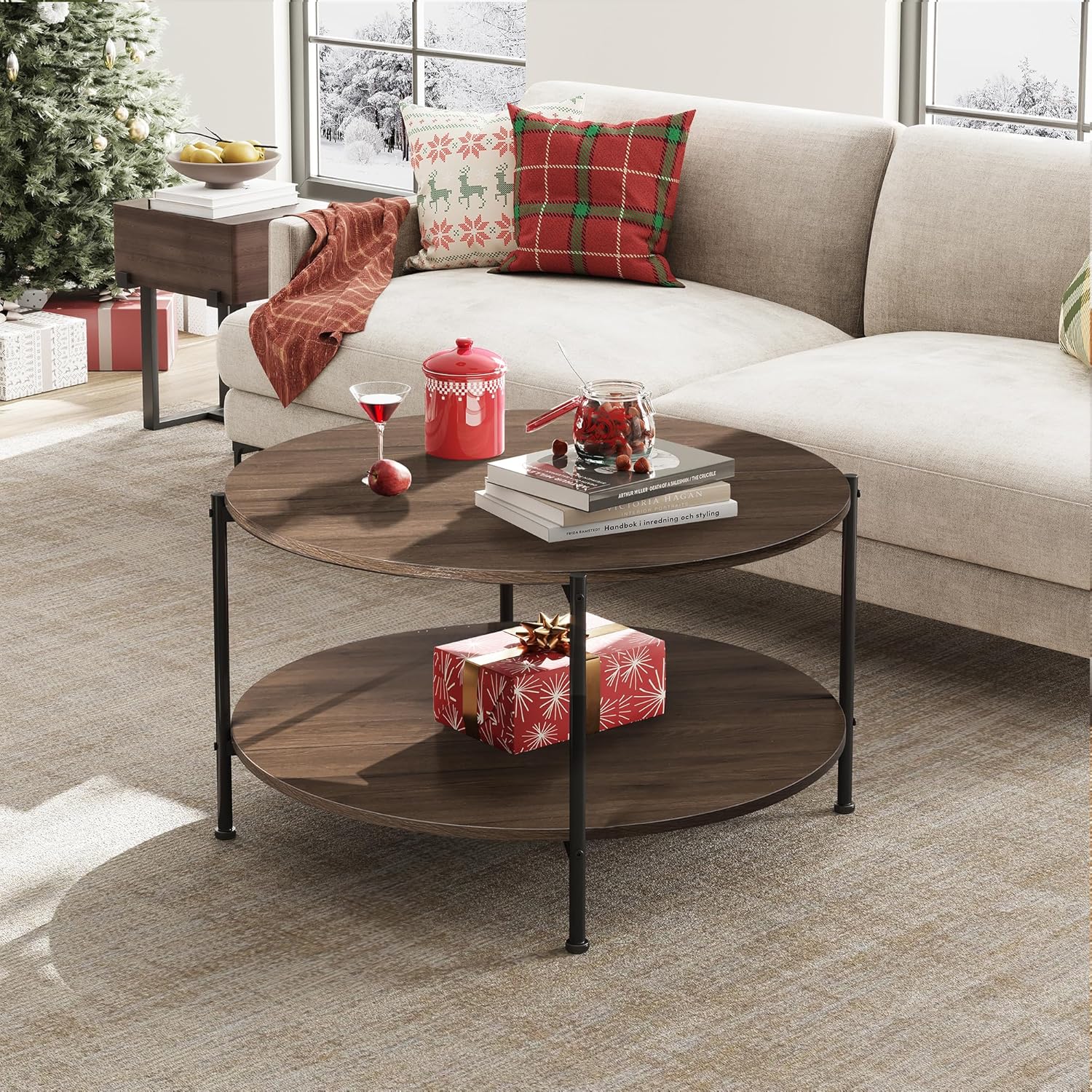
Artwork Scaling: Size Matters More Than You Think
Common Scaling Mistakes vs. Solutions
| Mistake | Problem Created | Smart Solution |
|---|---|---|
| Tiny art on large wall | Lost, insignificant look | Use pieces 2/3 wall width |
| Hanging art too high | Disconnected from furniture | 6-8 inches above furniture |
| Multiple small pieces scattered | Chaotic, cluttered feeling | Group in odd numbers |
| Massive art in small space | Overwhelming, cramped feel | Choose medium-sized pieces |
Real Client Success Story
Sarah came to me with a living room that felt “weird” despite expensive furniture. The culprit? A 12-inch square painting above an 8-foot sofa. We replaced it with a 48-inch wide piece from Amazon’s art collection, and suddenly her room felt intentional and sophisticated.
Mistake #2: Lighting Disasters That Kill Your Vibe
Lighting mistakes in home décor rank as the number one reason professionally decorated rooms feel amateur. Poor lighting can make even the most expensive furniture look cheap and unwelcoming.
The Anatomy of Good Lighting Design
Successful room lighting requires three distinct types working together:
Ambient Lighting: Overall room illumination Task Lighting: Focused light for specific activities
Accent Lighting: Decorative lighting that creates mood
Overhead Lighting vs. Layered Lighting: The Battle for Beauty
Comparison: Lighting Approaches
| Lighting Type | Mood Created | Best Use | Common Mistake |
|---|---|---|---|
| Single Overhead | Harsh, institutional | Utility areas only | Using as only source |
| Layered Lighting | Warm, inviting | Living spaces | Overthinking complexity |
| All Table Lamps | Cozy but dim | Reading nooks | Insufficient overall light |
Amazon Lighting Champions
- DEWENWILS Floor Lamp with Shelves – Combines task and ambient lighting beautifully
- PoKat 23″ Modern Ceramic Table Lamp – Perfect for creating layered lighting schemes
- Govee LED Strip Lights – Easy accent lighting that transforms any space

The Color Temperature Game-Changer
Here’s something most people don’t realize: light color dramatically impacts how your décor looks. Warm light (2700K-3000K) makes colors appear richer and more inviting, while cool light (4000K+) can make even cozy spaces feel sterile.
Mistake #3: Color Catastrophes That Clash
Color mistakes top the list of mistakes that make your home look cheap. I’ve seen gorgeous rooms ruined by poor color choices and beautiful palettes destroyed by wrong proportions.
The 60-30-10 Rule: Your Color Safety Net
This designer secret ensures balanced, sophisticated color schemes every time:
- 60%: Dominant neutral color (walls, large furniture)
- 30%: Secondary color (upholstery, curtains)
- 10%: Accent color (pillows, accessories)
Trendy Colors vs. Timeless Palettes: Making Smart Choices
Following home décor trends blindly leads to spaces that look dated quickly. Here’s my strategy for incorporating trends smartly:
Comparison: Trend Integration Strategies
| Approach | Longevity | Cost Impact | Style Evolution |
|---|---|---|---|
| All Trendy | 1-2 years | High replacement cost | Constant updates needed |
| All Neutral | 10+ years | Low maintenance | Can feel boring |
| 80/20 Mix | 5-7 years | Moderate refresh cost | Easy trend updates |
The sweet spot? Use trendy colors in easily changeable elements like throw pillows, artwork, and accessories while keeping major pieces neutral.
Mistake #4: Furniture Arrangement Fails
Even perfect furniture can look wrong if it’s poorly arranged. The most common home décor mistakes I encounter involve furniture placement that fights against rather than enhances room flow.
Creating Conversation Areas That Actually Work
The Magic of the Floating Furniture Concept
Pushing all furniture against walls is one of those home design mistakes and how to avoid them that I see constantly. Instead, try floating pieces to create intimate conversation groupings.
Room Size Guidelines for Furniture Arrangement
- Small rooms (under 150 sq ft): One main seating group
- Medium rooms (150-300 sq ft): Primary seating plus reading nook
- Large rooms (300+ sq ft): Multiple distinct conversation areas
Traffic Flow: The Invisible Design Element
Good furniture arrangement creates clear pathways through your space. I use the “3-foot rule” – maintain at least 3 feet of walking space around main furniture pieces.
Amazon Furniture Arrangement Solutions
- SONGMIRE Storage Ottoman – Perfect for flexible extra seating
- VASAGLE Console Table – Great for defining space boundaries
- Simple Trending 3-Tier Storage Cart – Mobile storage that doesn’t block flow
Mistake #5: Accessory Overwhelm and Under-Styling
Finding the sweet spot between “sterile hotel room” and “cluttered chaos” challenges every decorator. Both extremes represent significant home décor mistakes to avoid.
The Rule of Odd Numbers and Visual Triangles
Professional designers use specific formulas for accessory placement:
Successful Styling Formulas
- Group accessories in odd numbers (3, 5, 7)
- Create visual triangles with height variation
- Use the “rule of three” for color distribution
- Leave 30% of surfaces clear for breathing room
Over-Accessorizing vs. Under-Styling: Finding Balance
Comparison: Styling Approaches
| Style Approach | Visual Impact | Maintenance Level | Common Problems |
|---|---|---|---|
| Minimal Styling | Clean, serene | Low | Can feel cold |
| Heavy Styling | Rich, layered | High | Overwhelming clutter |
| Balanced Styling | Sophisticated | Moderate | Requires planning |
My Three-Pass Styling Method
- First Pass: Place major decorative elements
- Second Pass: Add medium-sized accessories
- Third Pass: Include small finishing touches
Amazon Styling Essentials
- TERESA’S COLLECTIONS Garden Gnome Statues – Whimsical outdoor styling
- Kate and Laurel Sylvie Framed Canvas Wall Art – Easy gallery wall solutions
- MyGift Set of 3 Brown Wood Nesting Display Risers – Perfect for styling flat surfaces
Mistake #6: Window Treatment Disasters
Window treatments can make or break a room’s sophistication level. The wrong choices scream amateur, while smart selections elevate even budget décor.
Hanging Curtains Wrong: The Details That Matter
Common Curtain Mistakes and Professional Solutions
| Mistake | Amateur Look Created | Professional Fix |
|---|---|---|
| Hanging at window frame | Cuts room height | Hang 4-6 inches above frame |
| Curtains too short | Choppy, unfinished | Touch floor or puddle slightly |
| Wrong width | Skimpy, cheap appearance | 2-3x window width when closed |
| Poor hardware choice | Detracts from design | Choose substantial, quality rods |
Blinds vs. Curtains vs. Shades: Choosing Wisely
Different windows call for different treatments. Here’s my professional breakdown:
Amazon Window Treatment Winners
- NICETOWN Blackout Curtains – Perfect for bedrooms and media rooms
- Cordless Faux Wood Blinds – Great for kitchens and bathrooms
- CHICOLOGY Snap-N-Glide Cordless Roller Shades – Modern, child-safe option
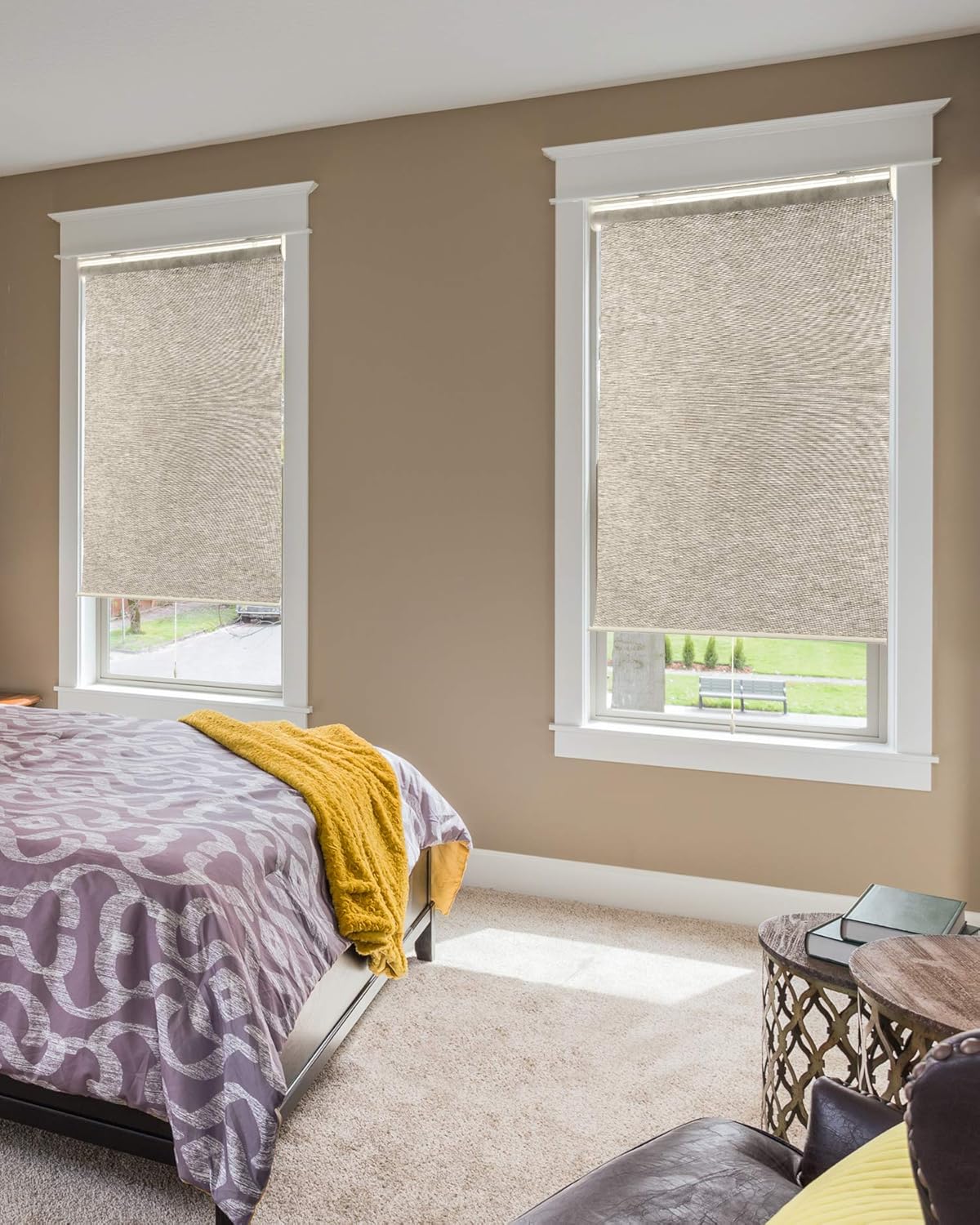
Mistake #7: Rug Sizing and Placement Errors
Rugs ground your space and define seating areas, but wrong sizing creates some of the most noticeable home décor mistakes to avoid. A too-small rug can make even expensive furniture look cheap and disconnected.
The Ultimate Rug Sizing Guide
Living Room Rug Rules:
- Small rooms: 5×8 rug with front furniture legs on the rug
- Medium rooms: 8×10 rug with all furniture legs on the rug
- Large rooms: 9×12 or larger with substantial border around furniture
Common Rug Mistakes That Scream Amateur
Rug Placement Comparison
| Room Type | Wrong Approach | Right Approach | Visual Result |
|---|---|---|---|
| Living Room | Tiny rug floating | All legs on rug | Cohesive grouping |
| Dining Room | Rug too small | 30″ beyond table | Elegant proportion |
| Bedroom | Rug under bed only | Extends beyond nightstands | Luxurious feel |
Amazon Rug Recommendations
- nuLOOM Moroccan Blythe Runner Rug – Perfect for hallways and kitchens
- Loloi Magnolia Home by Joanna Gaines Rug – Stylish living room centerpiece
- SAFAVIEH Montauk Collection – Durable, beautiful bedroom option
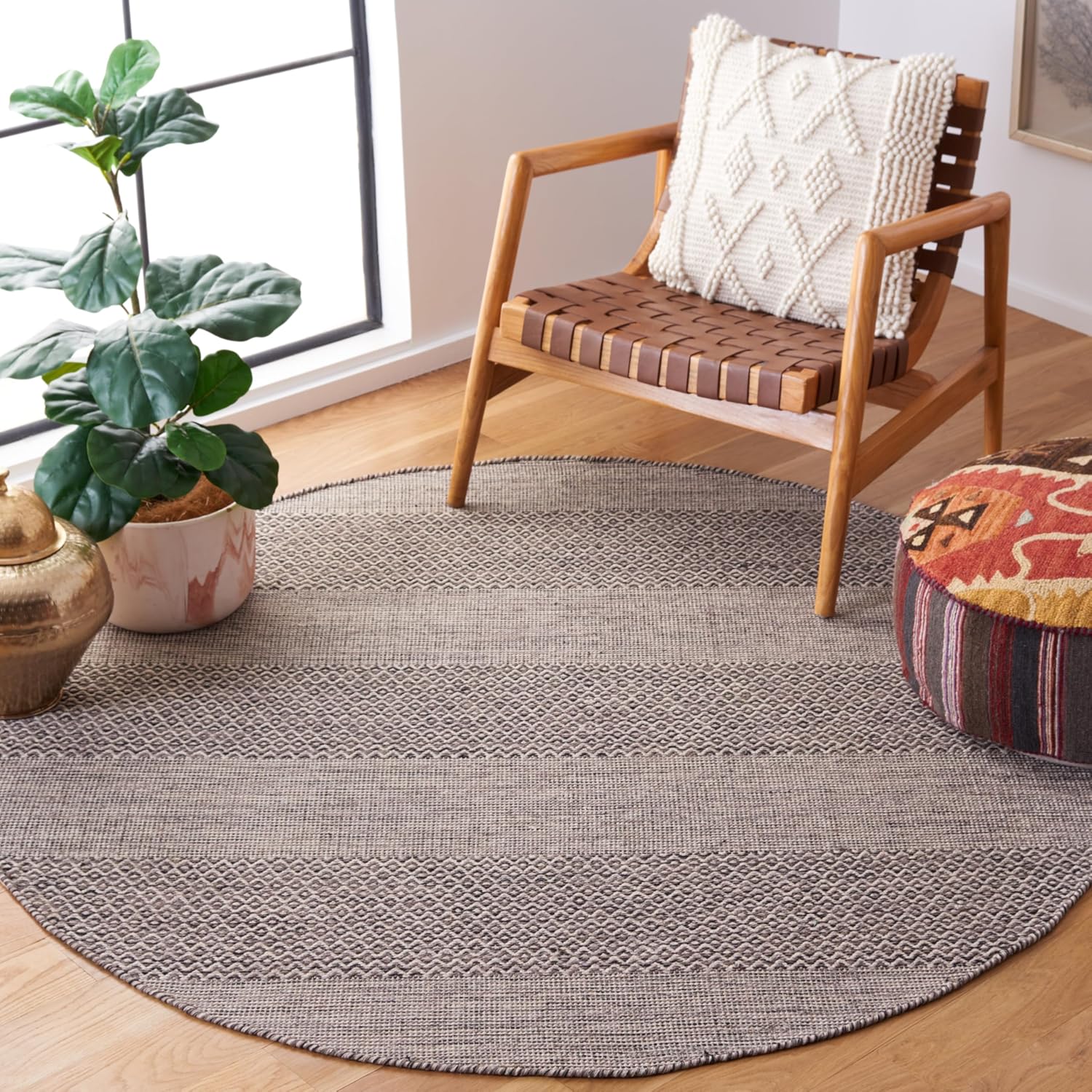
Mistake #8: Storage and Organization Oversights
Beautiful rooms lose their appeal quickly when storage isn’t properly planned. Smart organization ideas should be integrated into your design from the beginning, not added as an afterthought.
Hidden Storage vs. Display Storage: Strategic Choices
Storage Strategy Comparison
| Storage Type | Best Use | Visual Impact | Maintenance |
|---|---|---|---|
| Hidden Storage | Daily clutter | Clean, minimal | Higher (items get lost) |
| Display Storage | Beautiful objects | Rich, layered | Lower (visible organization) |
| Mixed Storage | Most homes | Balanced | Moderate |
Home Décor Trends in Functional Storage
Current home décor trends emphasize storage that doubles as décor. Woven baskets, attractive boxes, and stylish organizers keep clutter controlled while enhancing your room’s aesthetic.
Amazon Storage Solutions That Look Great
- LA JOLIE MUSE Woven Storage Baskets – Beautiful and functional
- SONGMIRE Cube Storage Organizer – Modular and attractive
- Simple Trending 3-Shelf Bookcase – Perfect for display storage
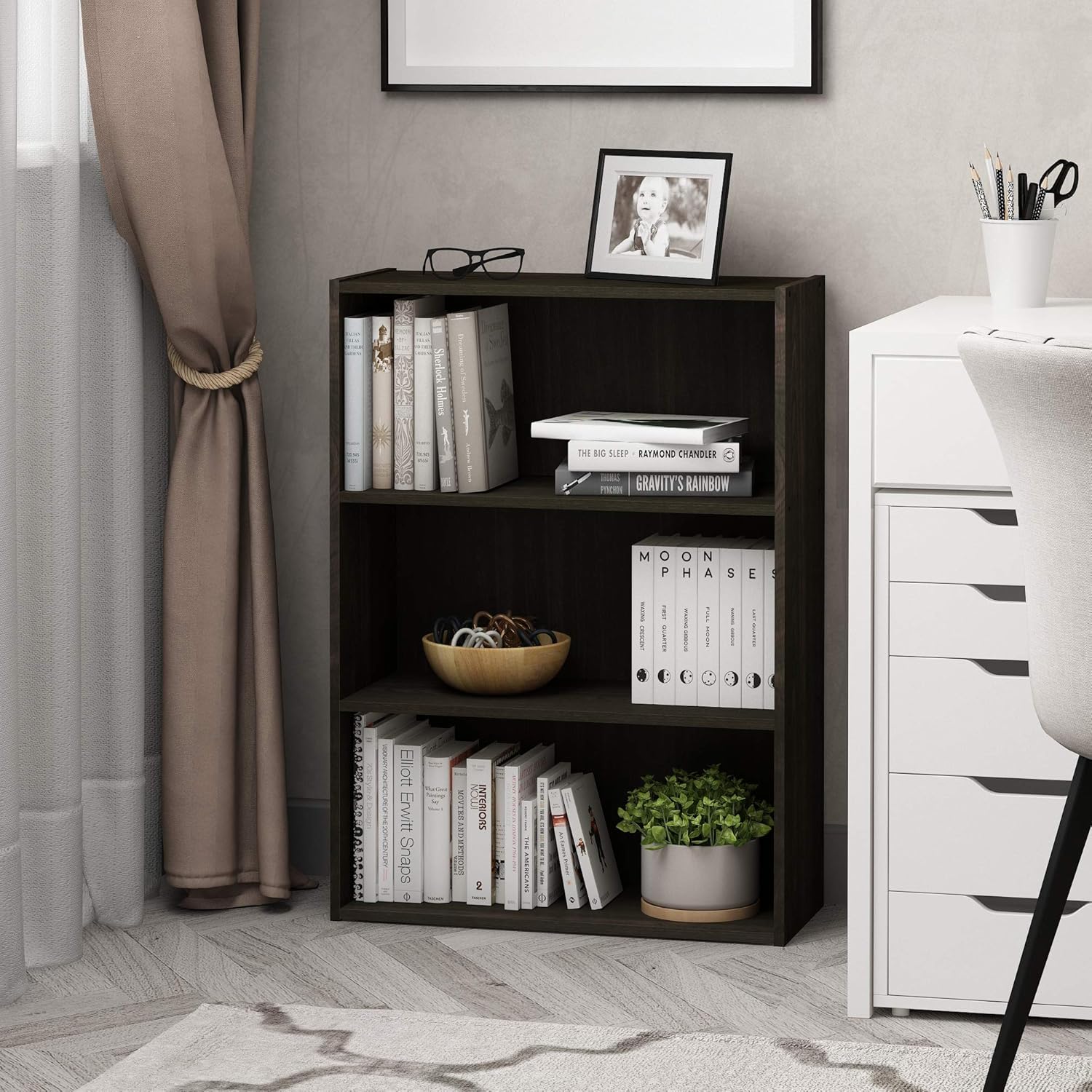
Mistake #9: Mixing Patterns and Textures Wrong
Pattern mixing separates confident decorators from nervous beginners. Done right, it creates sophisticated, layered spaces. Done wrong, it’s visual chaos.
The Pattern Mixing Formula That Works
My Three-Pattern Rule:
- One large-scale pattern (large florals, big geometrics)
- One medium-scale pattern (mid-size stripes, plaids)
- One small-scale pattern (tiny dots, fine textures)
Keep one color consistent across all patterns to maintain harmony.
Texture Layering for Sophisticated Spaces
Texture adds depth without pattern complexity. Layer smooth and rough, soft and hard, matte and shiny for visual interest.
Texture Combinations That Work:
- Linen + Leather + Wood
- Velvet + Metal + Glass
- Cotton + Stone + Ceramic
Mistake #10: Ignoring Your Home’s Architecture
Fighting against your home’s natural character creates tension and discomfort. The best decorating works with, not against, architectural features.
Working With What You Have
Architectural Style Integration
| Home Style | Work With | Don’t Fight | Enhancement Strategy |
|---|---|---|---|
| Traditional | Crown molding, symmetry | Stark minimalism | Rich colors, classic patterns |
| Modern | Clean lines, open space | Fussy details | Simple forms, bold art |
| Farmhouse | Natural materials, rustic elements | Sleek contemporary | Cozy textures, vintage touches |
Highlighting vs. Hiding Architectural Features
Good decorating emphasizes your home’s best architectural elements while downplaying less attractive ones.
Home Décor Mistakes 2025: Current Trends to Avoid
As we move through 2025, certain decorating trends are already showing their age. Here are this year’s biggest home décor mistakes 2025 to avoid:
Trend Fatigue: When Popular Becomes Passé
Trends Already Looking Dated in 2025:
- All-gray everything (warming up with color is back)
- Open shelving everywhere (some closed storage is returning)
- Farmhouse overload (refined rustic is replacing country kitsch)
- Fast furniture (quality pieces are making a comeback)
Emerging Trends Worth Embracing Carefully
Smart trend adoption means incorporating new ideas in easily changeable ways:
2025 Trends to Try Thoughtfully:
- Warm, earthy color palettes
- Curved furniture silhouettes
- Mixed metal finishes
- Sustainable, natural materials
Budget-Friendly Fixes for Common Mistakes
Not every decorating mistake requires starting over. Many issues can be solved with strategic, budget-friendly adjustments.
High-Impact, Low-Cost Solutions
Quick Fixes Under $100:
- Rehang artwork at proper heights
- Add table lamps for better lighting
- Group small accessories into larger arrangements
- Use plants to fill empty corners and add life
DIY Solutions vs. Professional Help: When to Call the Experts
When to DIY vs. Hire Professionals
| Project Type | DIY Friendly | Professional Needed | Cost Consideration |
|---|---|---|---|
| Paint color changes | Yes | No | $50-200 DIY vs $500-1500 pro |
| Lighting installation | Sometimes | For hardwired fixtures | Safety and code compliance |
| Window treatments | Yes | Complex motorized systems | Time vs convenience |
| Furniture arrangement | Yes | Large/heavy pieces | Physical capability |
Prevention: Setting Yourself Up for Success
The best approach to home décor mistakes to avoid is prevention. Here’s my systematic approach to decorating that minimizes mistakes from the start.
The Professional Planning Process
My Five-Step Decorating Method:
- Define your style through inspiration gathering
- Assess your space with accurate measurements
- Create a budget with realistic priorities
- Plan room flow before buying anything
- Shop strategically with your plan in hand
Measuring Twice, Buying Once
Essential Measurements for Every Room:
- Room dimensions (length, width, height)
- Doorway and hallway widths
- Window sizes and heights
- Electrical outlet locations
- Existing furniture dimensions
Building a Cohesive Color Palette
Start with one inspiration piece – a rug, artwork, or fabric you love – and pull colors from it for your entire scheme. This ensures harmony throughout your space.
Room-by-Room Mistake Prevention Guide
Different rooms present unique decorating challenges. Here’s how to avoid the most common home décor mistakes in each space:
Living Room: The Showcase Space
Top Living Room Mistakes:
- Pushing all furniture against walls
- Using only overhead lighting
- Choosing the wrong rug size
- Neglecting window treatments
Prevention Strategy: Create intimate conversation areas with proper lighting and correctly sized rugs.
Bedroom: Your Personal Sanctuary
Bedroom Decorating Pitfalls:
- Inadequate bedside lighting
- Wrong mattress and pillow proportions
- Ignoring storage needs
- Poor color choices for sleep
Kitchen: Form Meets Function
Kitchen Design Mistakes:
- Insufficient task lighting
- Poor cabinet hardware choices
- Ignoring the work triangle
- Trends over functionality
Bathroom: Small Space, Big Impact
Bathroom Decorating Errors:
- Wrong scale fixtures
- Poor ventilation planning
- Inadequate storage solutions
- Ignoring moisture resistance
Seasonal Decorating Without the Mistakes
Seasonal decorating can quickly cross the line from festive to overwhelming. Here’s how to add seasonal touches without creating decorating disasters.
The Subtle Seasonal Approach
Seasonal Decorating Guidelines:
- Change 20% of accessories, keep 80% consistent
- Use natural elements that complement your base décor
- Focus on texture and color over themed objects
- Store seasonal items in attractive, accessible containers
Holiday Decorating Mistakes to Avoid
Common Holiday Decorating Pitfalls:
- Going overboard with themed decorations
- Ignoring your existing color palette
- Using outdoor decorations indoors
- Forgetting about storage after the season
Technology and Smart Home Integration
Modern homes increasingly incorporate smart technology, but poor integration can create new types of decorating mistakes.
Hiding vs. Showcasing Technology
Smart Integration Strategies:
- Plan cable management from the start
- Choose technology that complements your aesthetic
- Create designated charging stations
- Use cord covers and organizers consistently
Amazon Tech-Friendly Décor Solutions:
- EVEO Cable Management Tray – Hides unsightly cords beautifully
- Bamboo Charging Station – Organizes devices stylishly
- Wall Mount TV Corner Shelf – Integrates entertainment centers
Maintenance: Keeping Your Space Looking Great
Even perfectly decorated rooms can look messy without proper maintenance systems in place.
Daily Maintenance Habits
5-Minute Daily Room Reset:
- Return items to designated homes
- Fluff pillows and fold throws
- Clear surfaces of daily clutter
- Open blinds/curtains for natural light
Seasonal Maintenance Tasks
Quarterly Room Refresh:
- Deep clean all surfaces
- Rotate accessories and artwork
- Check for needed repairs or touch-ups
- Assess what’s working and what isn’t
Conclusion: Your Path to Decorating Confidence
Mastering home décor mistakes to avoid isn’t about following rigid rules – it’s about understanding the principles that make spaces work. When you grasp concepts like scale, proportion, lighting, and flow, you can confidently break rules while still creating beautiful, functional spaces.
Remember, even professional designers make mistakes. The difference is knowing how to recognize and fix them quickly. Start with one room, apply these principles systematically, and build your decorating confidence over time.
The most important lesson? Your home should reflect your personality while functioning beautifully for your lifestyle. Avoid the common home décor mistakes we’ve discussed, but don’t be afraid to take calculated risks that express your unique style.
Every well-decorated home started with someone willing to learn, experiment, and yes, make a few mistakes along the way. Now you’re armed with the knowledge to skip the biggest pitfalls and create spaces you’ll love for years to come.
Your beautifully decorated, mistake-free home awaits – you’ve got this!
Frequently Asked Questions
Q: What are the most common home décor mistakes beginners make? A: The top home décor mistakes to avoid for beginners include poor furniture scale, inadequate lighting, wrong rug sizing, and pushing all furniture against walls. These fundamental errors can make even expensive pieces look amateur.
Q: How do I know if my lighting is creating decorating mistakes? A: Lighting mistakes in home décor are evident when rooms feel harsh, dim, or unwelcoming. Signs include relying only on overhead lights, using wrong bulb temperatures, or having dark corners. Layer ambient, task, and accent lighting using table lamps, floor lamps, and accent lights for professional results.
Q: What home décor trends should I avoid in 2025? A: Home décor mistakes 2025 include continuing all-gray color schemes, excessive farmhouse styling, and fast furniture purchases. Instead, embrace warmer colors, mixed metals, and quality pieces that will last.
Q: How do I fix decorating mistakes without starting over? A: Many home design mistakes and how to avoid them can be corrected with strategic adjustments. Rehang artwork at proper heights, add layered lighting, resize rugs, or rearrange furniture. Sometimes simple styling changes like grouping accessories or adding plants can completely transform a space.
Q: What’s the best way to choose colors without making mistakes? A: Avoid color disasters by using the 60-30-10 rule: 60% dominant neutral, 30% secondary color, 30% accent color. Test paint colors in different lights before committing, and pull colors from one inspiration piece like art or fabric to ensure harmony throughout your space.
Author Bios
Isabella Rodriguez, NCIDQ Certified is a licensed interior designer with over 15 years of experience transforming residential spaces across North America. She holds certification from the National Council for Interior Design Qualification (NCIDQ) and a Master’s degree in Interior Design from Parsons School of Design. Isabella has rescued over 1,200 homes from decorating disasters, specializing in home décor mistakes to avoid and space optimization. Her work has been featured in Better Homes & Gardens, HGTV Magazine, and Architectural Digest. She serves as a design consultant for major home retailers and regularly speaks at industry conferences about common decorating pitfalls and professional design principles. Isabella’s approachable teaching style has helped thousands of homeowners gain decorating confidence.
Marcus Chen, Color Psychology Specialist brings 12 years of expertise in environmental psychology and color theory to residential design. With a Ph.D. in Environmental Psychology from UC Berkeley and specialized training in color therapy, Marcus understands how design choices impact mood, productivity, and well-being. He has consulted for paint manufacturers including Benjamin Moore and Sherwin Williams on color trend forecasting and consumer behavior. His research on lighting mistakes in home décor and their psychological effects has been published in the Journal of Environmental Psychology and Interior Design Magazine. Marcus combines scientific research with practical application, helping homeowners create spaces that not only look beautiful but also support mental health and daily functioning.
Sources and Studies Referenced:
- American Society of Interior Designers Consumer Survey 2025
- Cornell University Human Factors and Ergonomics Research 2024
- Harvard Business Review Design Psychology Study 2023
- National Association of Home Builders Design Trends Report 2025
- Benjamin Moore Color Trend Analysis 2025
- Sherwin Williams Consumer Behavior Study 2024

